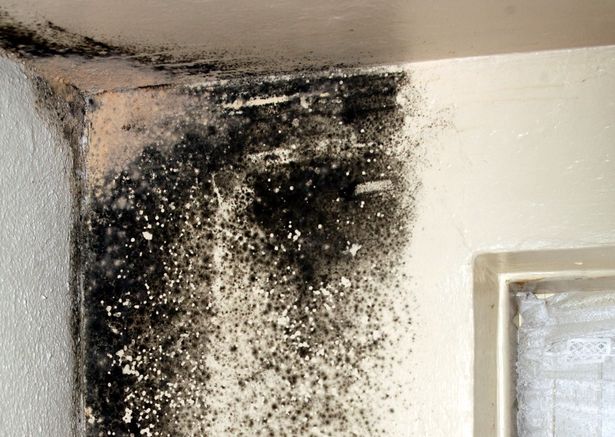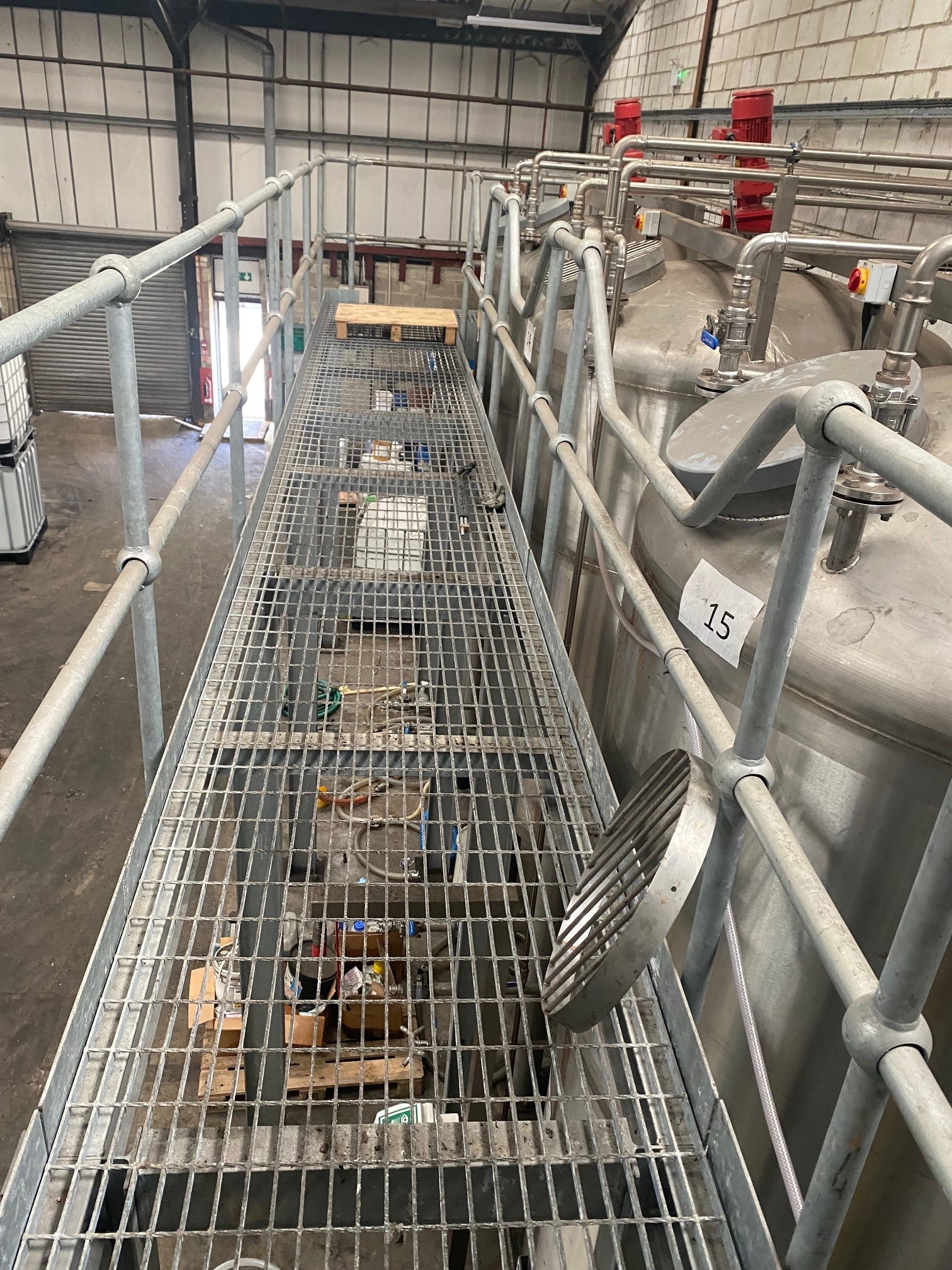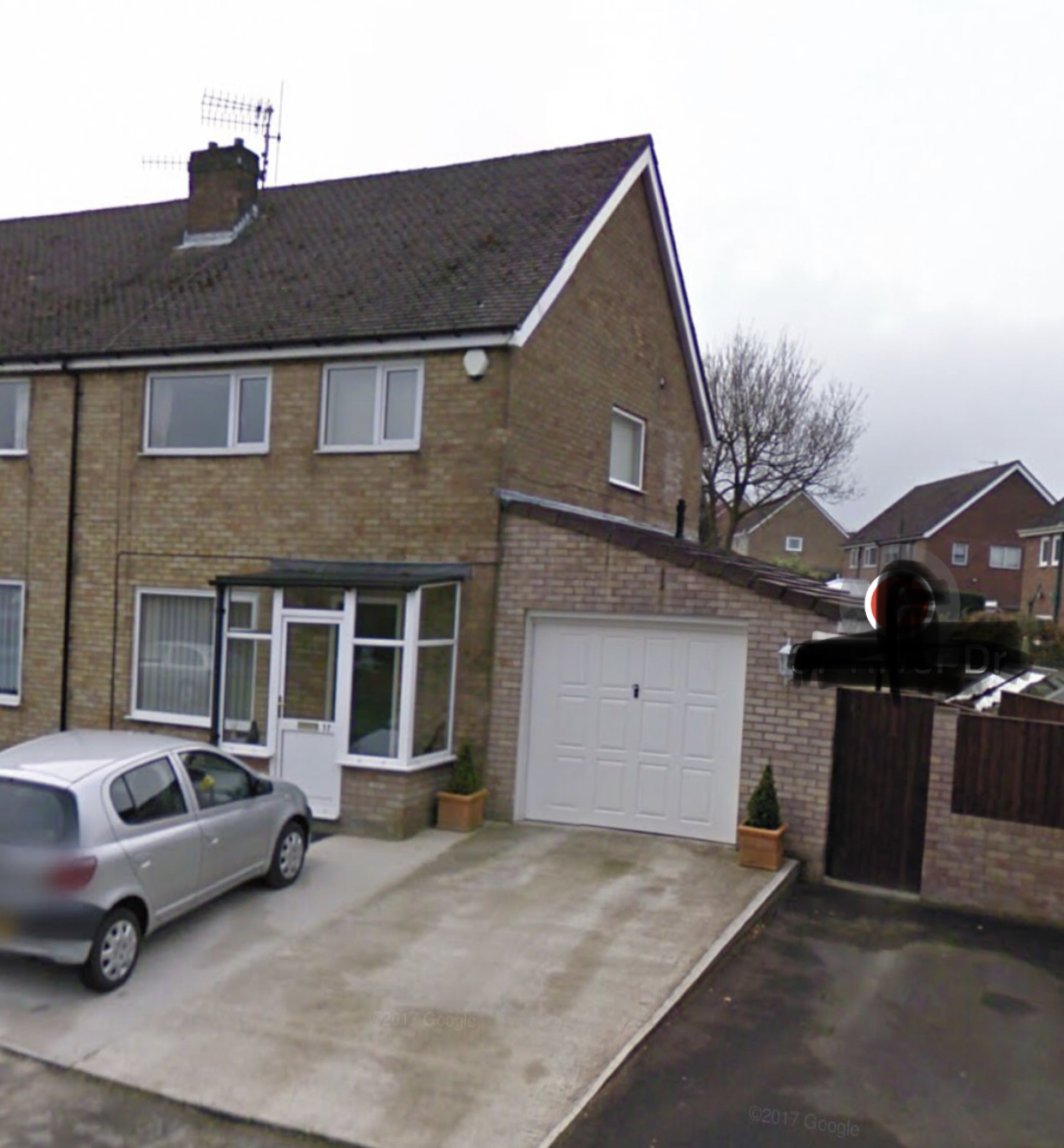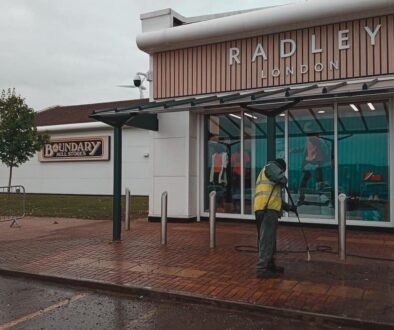Condensation
Condensation can be a problem in homes over winter, but with the energy crisis causing many people to turn off or turn down their heating, condensation will likely be more of a problem this winter.
condensation is the process where water vapour (a gas) turns back into liquid water.
There are two main types of condensation: surface and interstitial condensation.
Surface condensation is the more obvious of the two. It happens when warm moist air comes into contact with a cold surface. You’ll most likely know it as condensation forming on windows, but it can happen in many other situations.
Interstitial condensation forms within building fabric (inside the structural materials the building itself is made up of, like the walls or floor). It happens when moisture enters this building fabric and then reaches a point where it’s too cold to exist as vapour and instead condenses into a liquid. This point is called the dew point.
When materials allow moisture to pass through and there’s enough heat, interstitial condensation can escape from the building fabric. But if the materials that have been used don’t allow moisture to pass through (like cement render), it’s more likely to build up in building fabric which could cause decay.
Condensation can lead to mould. Mould can have serious consequences for our health, in particular respiratory health. Damp and mould in your home means you’re more likely to have problems like asthma, allergies or respiratory infections.

What can you do to reduce the risk of condensation?
These are some things you can do to help reduce the risk of condensation, and many of these are simple and low cost:
-
-
-
- If drying clothes inside, do it in in a well-ventilated part of the building if possible.
- Run extractor fans in kitchens and bathrooms during and after cooking and bathing.
- Open windows for short periods to let moist air out (low-cost air quality monitors can tell you when to boost ventilation by opening a window).
- Make sure pathways for ventilation including subfloor vents and trickle vents are open.
- If condensation is forming on windows, wipe them down regularly to reduce the risk of timber decay.
- Consider using a Humidistat controlled extractor fan.
-
-



